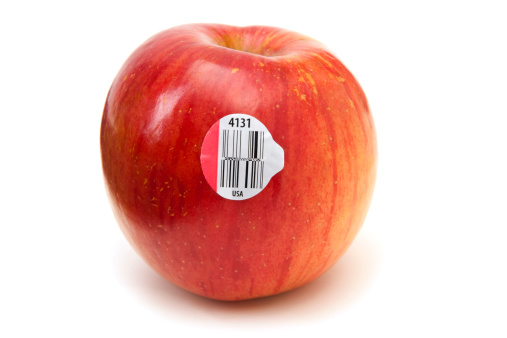Difference Between Identification and Traceability


To make a difference in someone’s life, you do not have to be brilliant, rich, beautiful or perfect, you just have to care: Mandy Hale
Introduction
Identification and traceability are as old as our civilization. In villages, for ages, the name of the child was tattooed on the arm for both identification and traceability (many children)! In Holy places in India like Haridwar and Allahabad, the Hindu priest can trace your ancestors for more than 10 generations. In our mobile phones, there is unique identification and traceability code.
Recently, I was planning to visit a historical place with my family. While I was searching on google about it, google also identified me and traced my history too! On the top, it was specified that I visited this place 4 years back on 3rd June 2016!
Objective
Both identification and traceability are interrelated to each other. Effective traceability is not possible without adequate identification of the product. Irrespective of whether the organization is certified for any ISO standard, the organization has to ensure effective identification and traceability implementation to meet customer and legal requirements.
Definitions: ISO 9000: 2015
Traceability (Cl 3.6.13): To trace the history, application or location of an object
Identification: It is to confirm the status of any particular item/Object.
Detailed Information
As per ISO 9001: 2015 and IATF 16949: 2016, both Identification and Traceability have their specific meaning and intent.
The purpose of traceability is to support identification from start to finish points for products received by the customer, or in any field that contains quality or safety nonconformities. Criteria for traceability should be based on the level of risk, failure severity-Employees, customers and consumers. It is extended to suppliers wherein safety/regulatory requirements are applicable.
Example of Identification (IATF Clause 8.5.2)
– Conforming and nonconforming material
– Batch ID card
– Production Date
– QR Code
– Label
Example of Traceability (IATF Clause 8.5.2)
- Warranty products
- Calibrated instruments
- Products approved under deviation
- Mobile IMEI Number
Key difference between Identification and Traceability:
| S.No. | Identification | Traceability |
| 1 | About Present status | About History |
| 2 | When we Identify a Product or object, traceability is not always required | For effective traceability, adequate identification is the first requirement |
| 3 | To know the status of the product conformity/nonconformity | To know about the origin |
| 4 | Identify throughout the product and service provision for status of monitoring and measurement | Traceability is a requirement for Product Safety products, Calibrated Instruments, Inspector conducting the final inspection, Rework & Repair Product |
| 5 | It can be forward, backward and both directions (as per requirement) |
Key Similarities
- Both are the requirement for conformity of the product
- QR (Quick Response) Code are used for both identification and traceability
Present Challenges:
- Safety products: how often organization are committed to providing effective traceability?
- How often top management is involved in ensuring the effectiveness of traceability?
- How often organizations communicate and ensure traceability till the sub-supplier end (where needed)?
- Although identification of product at different stages of production is a common requirement, quite often identification tags are not available!
References:
IATF 16949: 2016
ISO 9000: 2015
ISO 9001: 2015
ISO/TS 9002: 2016
Industry Experts
This is the 97th article of this Quality Management series. Every weekend, you will find useful information that will make your Management System journey Productive. Please share it with your colleagues too.
Your genuine feedback and response are extremely valuable. Please suggest topics for the coming weeks.

I like the crystal.clear approach to share the definitions in their authentic form without twisting the subject and then descriBing the same with very simple examples.Great work w!!
Thanks Anju for your feedback.